The origins of the Wolf Cubs
What started as a "training squad" in 1910 has grown into the Scouts' biggest section today.
Almost as soon as Scouts began, there was a clamouring of younger voices wanting to join in with the activities and adventures that it offered.
In 'How a lady can train the Cubs' from January 1915, Vera Barclay wrote: "...since nobody would organise them and their enthusiasm into a recognised body and allow them to wear shorts and sling water-bottles across their little backs, they had, perforce, to form themselves into squads and drill each other on the village green; and cut themselves “staves” from the hazel bushes and whistle with their fingers."
As early as 1910, there are reports of Scout volunteers running "training squads" or "Junior Scouts" for these younger boys, with activities being run by some of their more senior Scouts.
In January 1914, Headquarters Gazette published an article called "Wolf Cubs or Young Scouts – How to train them". This summarised the new section, Cubs, and its rules.
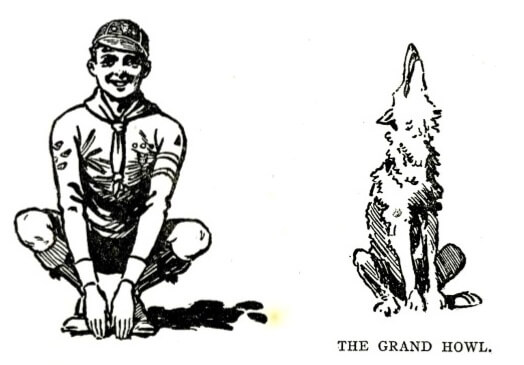
The programme was a reduced version of the Scouts, with no specific activities for the younger boys.
Baden-Powell was able to reflect that, in January 1914, he had: "stated my belief…that a junior branch of the Scout Movement would supply a much felt want. We started the Wolf Cubs and there are already 10,000 of them. So I need not worry you with further comment on them."
‘Boys want noise - let them have it’
Robert Baden-Powell placed an emphasis on the need for a different approach to be taken in the running of a Cub Pack.
It shouldn’t be an easier or watered down version of Scouts. He saw the age range covered by Cubs as being a crucial developmental point in a young person’s life.

The age is the turning point from the child into a boy, while the Scout age is that of the boy turning to a lad and from the lad into the man. There are some primary points which need to be recognised by those interested in the Cub training.
Robert Baden-Powell
He wanted the Pack to be seen as a happy family, filled with laughter.
He recognised this age groups need for play, stating: "Boys want noise – let them have it. When they play, let them play heartily, if the Cubmaster has the sense to organise his programme that way."
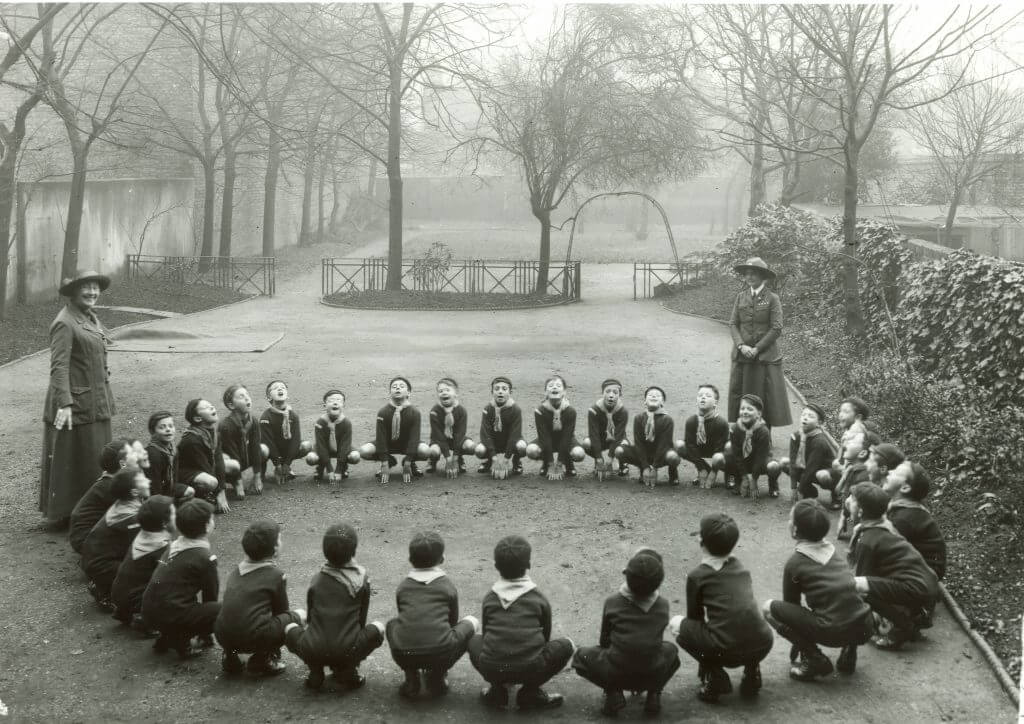
‘Pushing On’
Despite being at the height of the First World War, Scouts was planning for the future.
In April 1916, Baden-Powell announced: "The need for the development of the Wolf Cub Movement is becoming more urgent every day."
The first Cubmasters Conference was scheduled for 24 June 1916, with the programme covering topics such as ‘How far is the Patrol System suitable for Cubs?’, ‘Can good and bad little boys be mixed?’ and ‘The future organisation of the Cub Movement’.
Over the summer and autumn of 1916 developments, such as additions to the Cub Law, the introduction of a new range of proficiency badges and the invention of a totem pole to show pack achievements, started to hint at the direction of the new programme.
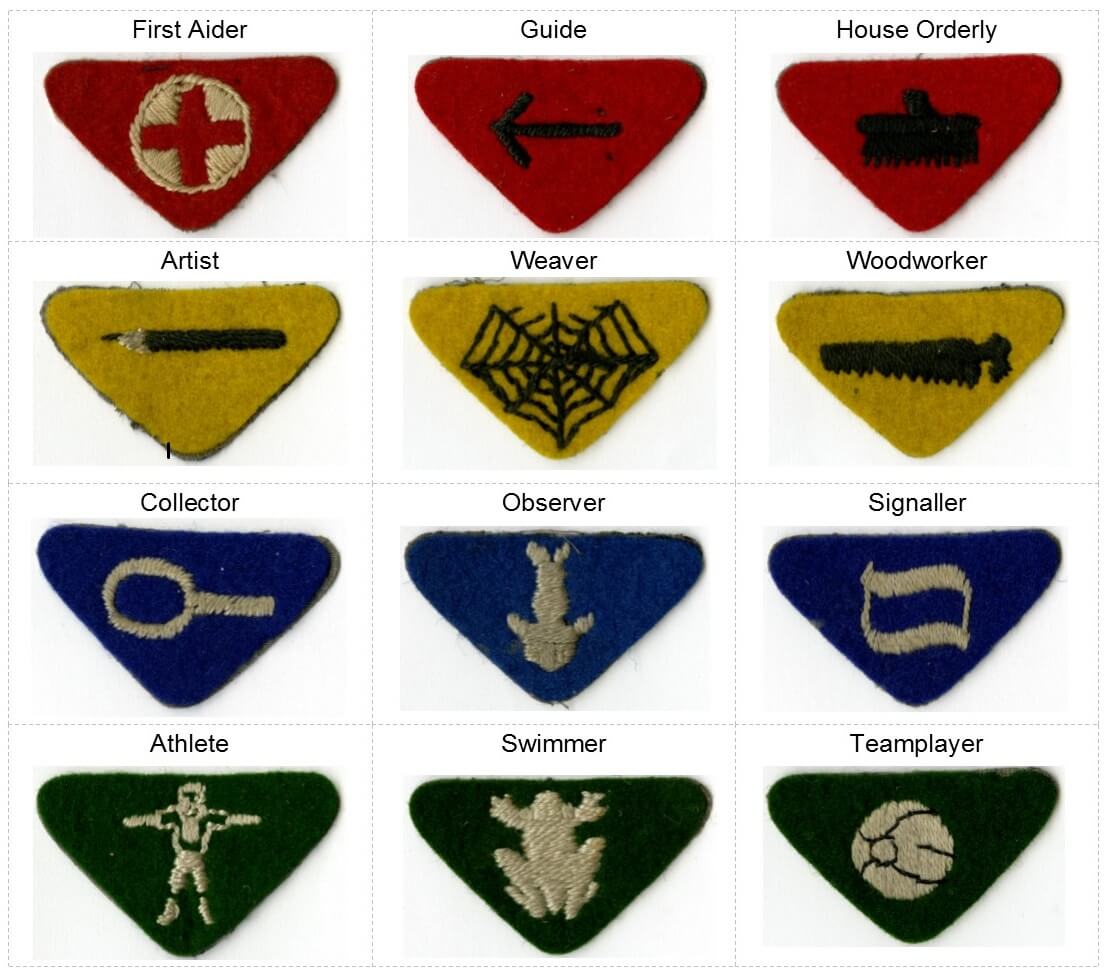
There was also talk of the long awaited ‘Wolf Cub Handbook’.
The biggest development however, was the appointment of a member of staff to organised Cub Work.
Vera Barclay, who by this point had over 4 years experience of Scouts, was appointed as Assistant Secretary for Wolf Cubs.
In October 1916, Baden-Powell announced: "The Wolf Cub Movement for training boys on Scout lines between the ages of eight and eleven has been under experiment for the past two years, and results have shown that possibilities, perhaps greater than those which we had originally anticipated, underlie it.
"The Council have therefore determined to go forward with it and to give it every encouragement as a valuable step in character training for the younger boy.
"It has been put on to an official standing in the Boy Scout Association, its officers recognised and its rules ratified."
With the ratification of the Wolf Cubs section came some new changes, including what skills and knowledge a Wolf Cub must have to attain their first and second stars.
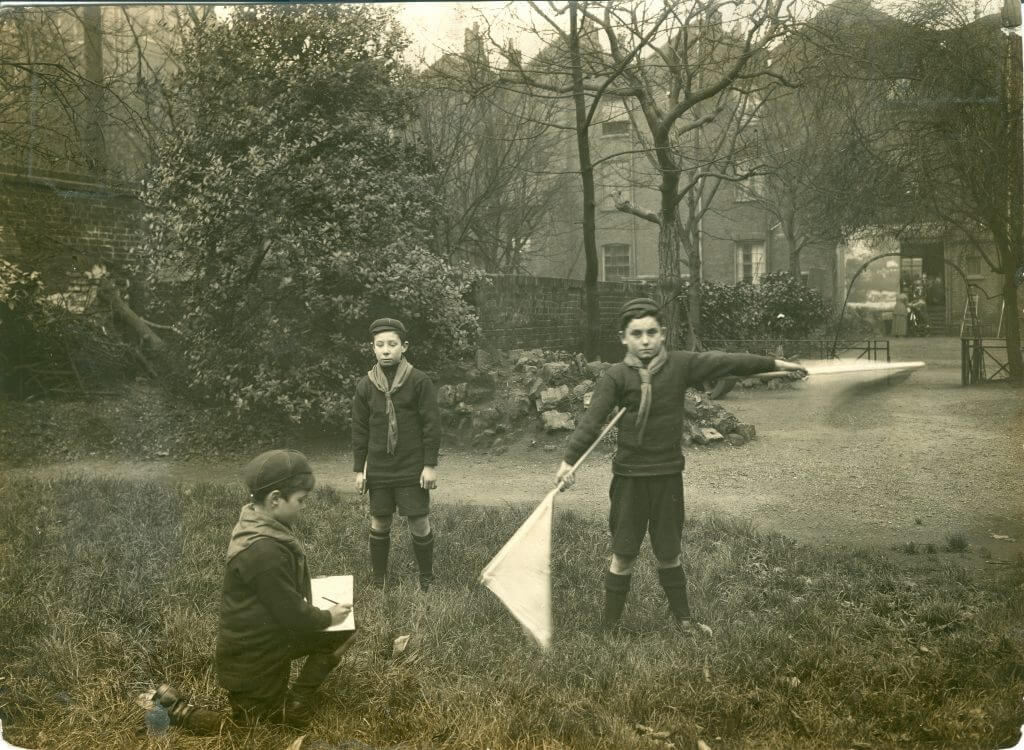
Amongst much anticipation ‘The Wolf Cubs Handbook’ was launched on 29 November 1916.
Unlike ‘Scouting for Boys’, which was written for a youth audience, the Wolf Cub Handbook tried to appeal to boys, Cubs and the volunteers.
Vera worked closely with Baden-Powell to create exciting content, drawing on her practical experience of working with Cubs.
The handbook was closely inspired by Rudyard Kipling’s The Jungle Book, suggesting games and activities inspired by the stories.

On the 16 December 1916, the newly revamped Wolf Cubs were given a formal launch at Caxton Hall in London.
The displays included gymnastics, first aid, signalling and knitting, the latter an activity which contributed to a Cub attaining his War Service Badge.
The Cubs had formally arrived!
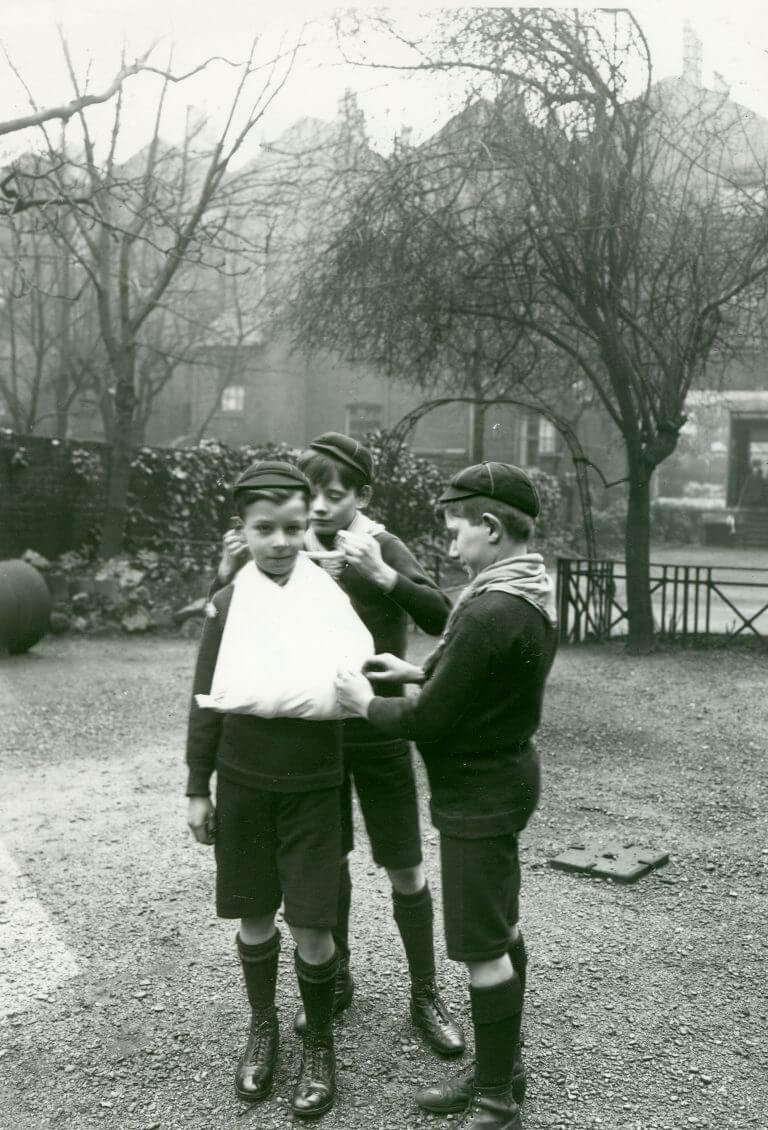
Following this fanfare, the Cubs section went from strength to strength.
By the end of the First World War had over 37,000 members.
Today it’s UK Scouts' biggest section, with over 158,000 members.